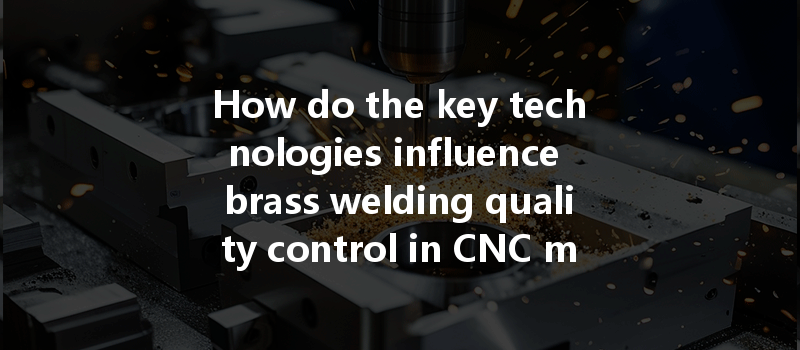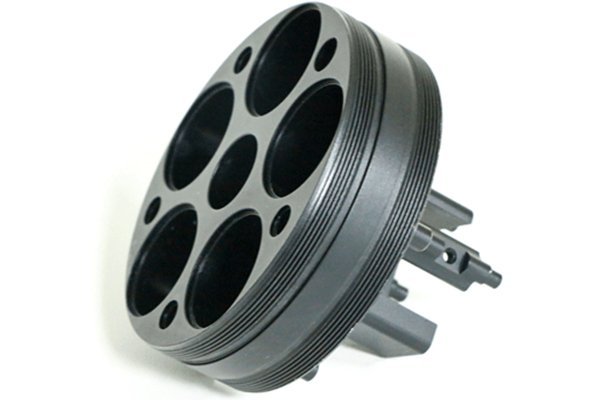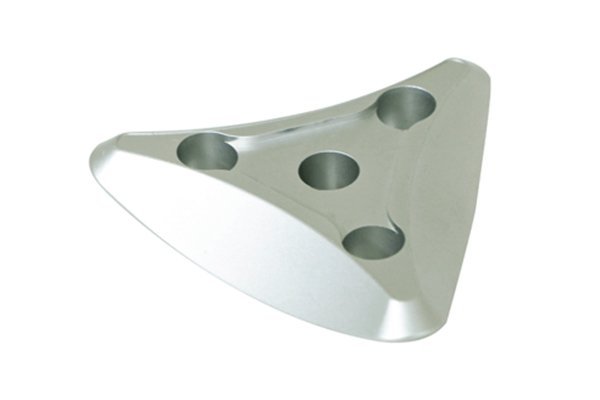Did you know that brass is one of the most widely used materials in manufacturing due to its excellent mechanical properties and corrosion resistance? In fact, approximately 80% of brass parts produced in the industrial sector are manufactured through various CNC machining processes, including welding. However, the quality of these welded brass components can significantly impact their performance and lifespan.
As industries demand greater precision and reliability in their components, understanding the key technologies that influence brass welding quality control has never been more essential. This comprehensive guide will take you through the complexities of brass welding, the technologies involved, and how to implement quality control measures to ensure optimal results.
Understanding Brass and Its Applications
Brass, an alloy primarily made of copper and zinc, comes in various grades with distinct properties tailored for specific applications. Its excellent machinability, aesthetic appeal, and resistance to rust make it a preferred choice in industries such as:
With such a broad range of applications, the demand for high-quality brass components continues to rise. This necessitates advanced welding techniques and quality control measures to ensure that brass parts perform optimally under various conditions.
The Basics of Brass Welding
Welding brass is unique compared to other metals due to its lower melting point and susceptibility to zinc loss, which can weaken the joint if not properly managed. Here’s a closer look at the types of welding commonly used for brass:
MIG welding is a semi-automated process where a continuous wire electrode is fed through a welding gun, creating an electric arc between the electrode and the workpiece. The use of inert gas protects the weld pool from atmospheric contamination.
Pros:
Cons:
TIG welding employs a non-consumable tungsten electrode to produce the weld. This process is well-regarded for its precision and quality.
Pros:
Cons:
Brazing involves melting a filler metal above 840°F without melting the base metal. It’s suitable for joining dissimilar materials, like brass to brass or brass to steel. Soldering operates similarly but at lower temperatures (below 840°F).
Pros:
Cons:
Key Technologies for Quality Control in Brass Welding
Quality control plays a pivotal role in ensuring that welded brass components meet industry standards for safety, performance, and longevity. Several advanced technologies can help maintain these standards:
Implementing real-time monitoring technologies can greatly enhance the welding quality of brass parts. By utilizing sensors and cameras to analyze welding parameters—such as temperature, speed, and arc stability—manufacturers can detect anomalies and make immediate adjustments.
Benefits:
Advanced software can simulate the welding process before actual production. By inputting variables such as material properties and environmental conditions, manufacturers can predict potential issues and optimize their welding parameters accordingly.
Benefits:

Implementing NDT techniques like ultrasonic testing, X-ray imaging, and dye penetrant inspections can identify defects in welded brass components without damaging them. These technologies enhance quality assurance by examining the integrity of the weld.
Benefits:
Automation in welding can significantly enhance consistency and quality. Robotic arms equipped with AI technology can execute patterns and movements with precision, replicating perfect welds every time.
Benefits:
Proper heat treatment is fundamental in the brass welding process, as it affects the microstructure of the welded joint. Techniques such as annealing can relieve stresses and improve ductility, which is essential for parts that will undergo dynamic loading.
Benefits:
Addressing Common Welding Issues
Even with high-quality technology, challenges can arise during the brass welding process. Here are some common problems and how to address them:
Brass is sensitive to heat, and excessive welding temperatures can lead to the depletion of zinc in the weld area, resulting in a brittle joint.
Solution:
Porosity refers to small holes or voids in the weld caused by trapped gas. This is more prevalent in brass due to its reactive nature.
Solution:
Inadequate penetration can lead to weak welds that compromise the joint’s integrity.
Solution:
Implementing an Effective Quality Control System
Establishing a robust quality control framework is critical to ensuring the longevity and performance of CNC-machined brass components. Here are steps to consider:
Every aspect of the welding process should be documented and standardized through SOPs. This includes the selection of materials, equipment settings, and safety measures.
Continuous training sessions for welding operators can enhance their skills. Incorporating simulations and hands-on practice can increase their understanding of the intricacies of brass welding.
Routine checks on welding machines and tooling should be scheduled to minimize errors due to equipment wear and tear.
Establish feedback loops where employees can report defects or challenges faced during production. Regular reviews can lead to actionable insights that improve processes.
Working closely with suppliers can ensure the quality of incoming materials, which is essential for the construction of high-quality brass components.
Future Trends in Brass Welding Technologies
The welding landscape is continually evolving. Here are some trends that are anticipated to influence the future of brass welding:
Quality control in brass welding is paramount for ensuring the durability, efficiency, and reliability of products in various industries. By leveraging advancements in technologies such as real-time monitoring systems, welding simulation software, and automated processes, manufacturers can enhance their production quality effectively.
Additionally, understanding common challenges in brass welding and appropriately addressing them will mitigate risks to both performance and safety. As we move forward, adopting and adapting to new trends will not only preserve the quality of brass welds but also position manufacturers for success in an increasingly competitive market.
In summary, the insights shared in this blog emphasize the importance of paying close attention to welding technologies and quality control measures in CNC machining of brass components. It’s a dynamic landscape of opportunities that, when navigated thoughtfully, offers remarkable benefits. Remember, acting on this knowledge today could pave the way to revolutionizing how we achieve brass welding success tomorrow.






